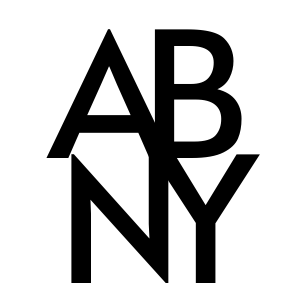Eric Freeman
Industrial Road, Saatchi Gallery London
oil on linen, 274 x 269 cm, 107 x 105 in. 2004
Eric Freeman was born in Brooklyn, New York City in 1970. His studio is located in the beautiful Springs of East Hampton, NY. He attended Tufts University earning his BFA. Freeman has widely shown nationally and internationally with exhibitions at Southampton’s visionary Tripoli Gallery, Eric Allouche, Artnet, Lisa Brintz in Palm Beach, Florida, Circle Culture in Germany, the Wetterling Gallery in Stockholm, Galerie Forsblom, Helsinki, Alain Noirhomme, Brussels, and the Saatchi Gallery, London and Mary Boone, Stux Gallery and Feature, Inc. in New York. Freeman's work was recently acquired by the Parrish Art Museum in Southampton and is included in the Saatchi Collection.
Working in oil on canvas, Eric Freeman produces dizzying, abstract compositions that combine elements of Color Field Painting, Op art, and the works of Mark Rothko, Ellsworth Kelly, and James Turrell. His large-scale multi and monochromatic Color Field Paintings bear reference to the stunning hampton light that surrounds him daily. Luminescent geometric forms are created through contrasting hues, using pure pigment for its brilliance and color. Freeman seeks to influence the way light is perceived by the interplay of light and texture, creating illusions of depth. The almost electric glow is enhanced by a special medium created by the artist that is applied onto the canvas, and thus the act of painting and experimenting with colors is an essential part of Freeman's practice.
Painter David Salle referenced an “illusive immateriality” to Freeman’s work, noting: “Where does the energy in these pictures come from? What does Freeman want us to feel? A sense of giving over to it; the thrill of the roller coaster gives way to something more internal. Accept the sheer physical/optical fact, these paintings seem to say, because that’s what painting is.”
A Bomb Magazine critic once praised Freeman’s works as “Mark Rothko paintings… with the volume turned way up,” and his paintings’ luminous intensity has also earned favorable comparisons to the work of Light and Space artists, such as James Turrell and Dan Flavin. Using oil paint alone, Freeman is able to achieve truly transcendental effects.
He masterfully applies his color so that it appears diffuse and gives an illusion of artificiality and three-dimensional space. In Hyperbole (2012), a series of horizontal bands in variations of pink, gray, and black populate the canvas, while a shaft of vertical light appears to illuminate the center, creating an illusion of depth along its edges. “I always use as little paint as possible to allow light to pass through the layers of paint to the surface of the canvas,” Freeman says of his process.

